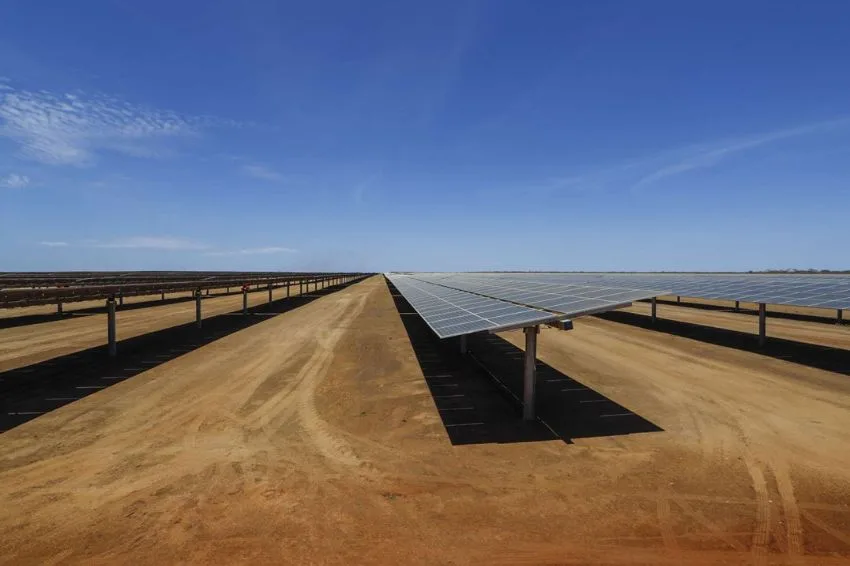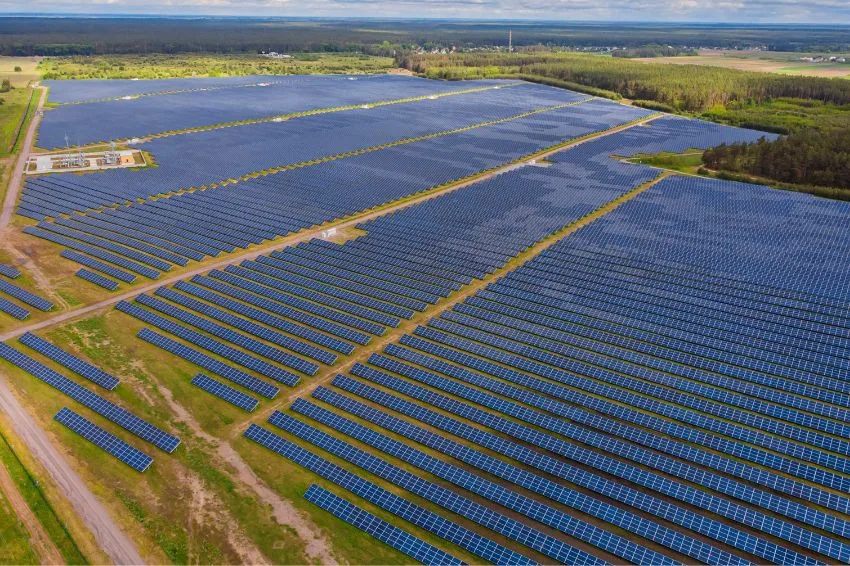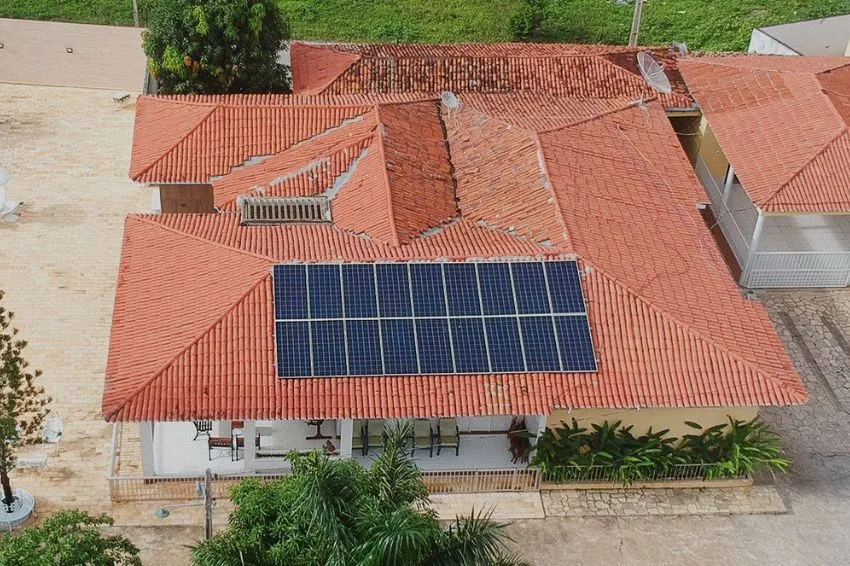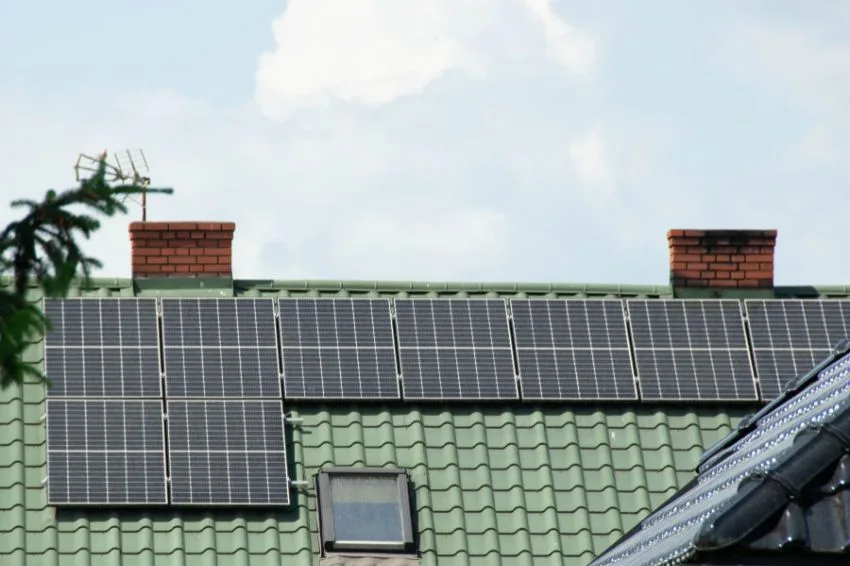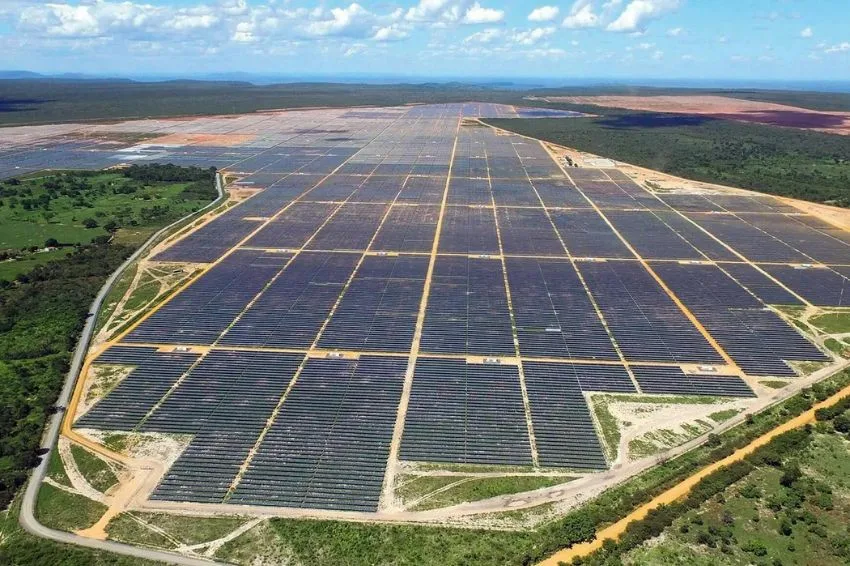Demand for recycled solar panel components is expected to soar in the coming years as the number of installations increases and the threat of a supply bottleneck looms.
This is the analysis of Rystad Energy, an independent energy research and business intelligence company with offices in Oslo, London, New York, Houston, Aberdeen, Stavanger, Moscow, Rio de Janeiro, Singapore, Bangalore, Tokyo, Sydney and Dubai.
The survey found that recyclable materials from photovoltaic modules at the end of their useful life will be worth more than US$ 2.7 billion in 2030, up from US$ 170 million this year.
This trend, according to the company, will only accelerate in the coming decades and the price of such materials is expected to approach US$ 80 billion by 2050.
"A recycling Photovoltaic is still in its 'infancy' but is seen as an essential element of the energy transition, with solar waste projected to grow to 27 million tonnes per year by 2040,” the research said.
Forecasts show that materials recovered from retired panels could represent 6% of solar energy investment by 2040, compared to just 0.08% today.
The study indicated that landfills are an easy and cheap option, as current resale prices for recycled photovoltaic materials do not compensate for transportation, sorting and processing costs.
However, Rystad Energy reported that the rapid rate of growth of large-scale utility farms within solar could change that.
The material supply side is expected to encounter bottlenecks with growing demand for minerals, and recycling could be a supply relief as panels reach the end-of-life stage.
“Rising energy costs, improved recycling technology and government regulations could pave the way for a market where more defunct boards are sent for recycling instead of the nearest landfill,” commented Kristin Stuge, analyst at Rystad Energy.
“Recycling solar panels can help operators save costs, overcome supply chain issues and increase the likelihood of countries reaching their solar capacity targets,” he emphasized.
Countries that will benefit most from recycling
Assuming a 15-year useful life of a photovoltaic panel, the report estimated which regions and countries will benefit most from recycling photovoltaic materials in 2037.
China is expected to account for 40% of global installations, and when these panels mature in 15 years, the estimated value will be US$ 3.8 billion, out of a global total of US$ 9.6 billion.
India will come in second place with an estimated value of US$ 800 million, followed by Japan with US$ 200 million.
Behind the Asian continent, the cost of recyclable material in North America in 2037 is projected to be worth US$ 1.5 billion and in Europe around US$ 1.4 billion.
What can be recycled?
The panel components with the highest value are aluminum, silver, copper and polysilicon. Silver represents about 0.05% of the total weight, but represents 14% of the material value.
Rystad Energy's 1.6°C scenario estimates peak solar deployment in 2035 at 1.4 TW. At this point, they indicated that the photovoltaic recycling industry can supply 8% of polysilicon, 11% of aluminum, 2% of copper and 21% of silver needed to reuse panels installed in 2020 to meet the demand for materials.
This recovery potential, in their view, could ease tensions in the mining sector and reduce the carbon footprint of the modules.
How are materials recycled?
The first step in photovoltaic panel recycling is disassembly, where the aluminum structure and junction box are separated from the panel, crushed into pieces and classified by material.
“There are photovoltaic disassembly machines on the market today, including one from Japan-based NPC, which further separates panel parts before grinding the remains, increasing the recovery rate of materials,” the company explained.
How to make panel recycling viable?
Technology, politics and economic viability are barriers and solutions for the evolution of mineral circularity in the photovoltaic panel industry. Therefore, according to research, regulatory mechanisms can be an efficient tool for creating rapid changes.
“Ultimately, bottlenecks and long lead times in mining raw materials could transform solar energy recycling into an economically viable industry in the coming decades,” the research concluded.
Recycling in Brazil
According to a survey carried out in 2016 by IRENA (International Renewable Energy Agency), approximately 550 thousand tons of photovoltaic modules will be discarded in Brazil by 2050.





